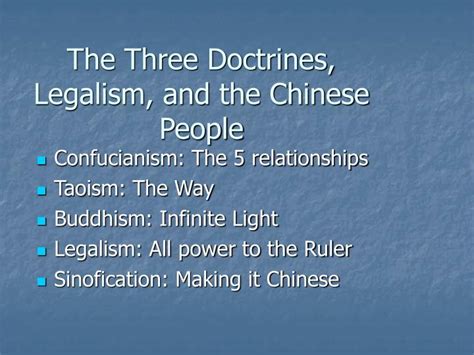what are the three doctrines of china,Understanding China's Three Key Philosophies: What Are They?,what are the three doctrines of china, As such, the market is flooded with fake Rolex watches, and this means that if you are going to buy an authentic Rolex, it’s important that you know how to check if a Rolex is authentic, because in the worst case, if you’re unfortunate, you might end up with a fake Rolex. Did you, for example, know that there are more fake Rolex watches .

Welcome to this comprehensive exploration of the three doctrines that have shaped Chinese culture and governance over centuries. Understanding these doctrines—Confucianism, Taoism, and Legalism—is essential for anyone interested in Chinese history, politics, and philosophy. In this article, we will delve into what these doctrines entail, their historical significance, and how they continue to influence modern China.
Understanding Confucianism
Confucianism, one of the three doctrines of China, emphasizes moral values, social order, and the importance of education. It was founded by Confucius in the 6th century BCE and has since been a cornerstone of Chinese society. Confucian teachings advocate for filial piety, respect for elders, and the cultivation of virtue as key components of a harmonious society.
Note: Although it's worth noting that Confucianism faced challenges during periods like the Cultural Revolution, its core principles remain deeply ingrained in Chinese culture.
Taoism: The Path of Nature
Taoism, another doctrine of China, focuses on living in harmony with the Tao, which can be understood as the fundamental nature of the universe. Founded by Laozi, Taoism promotes simplicity, spontaneity, and the pursuit of inner peace. Unlike Confucianism, Taoism encourages detachment from societal norms and a return to a more natural way of life.
For example, many Taoist practices, such as Tai Chi and Qigong, emphasize balance and harmony with nature, reflecting the doctrine's core beliefs.
Legalism: The Rule of Law
Legalism, the third doctrine of China, advocates for strict laws and harsh punishments to maintain social order. Developed during the Warring States period, Legalism was famously implemented by the Qin dynasty under Emperor Qin Shi Huang. This doctrine emphasizes efficiency and control, often at the expense of individual freedoms.
Note: Interestingly, while Legalism fell out of favor after the Qin dynasty, elements of its approach can still be seen in contemporary Chinese governance.
Comparative Analysis: Confucianism vs. Legalism
|
Confucianism |
Legalism |
| Moral Values |
Emphasizes virtues and ethics |
Focuses on strict laws and punishments |
| Social Order |
Promotes harmony through education and moral cultivation |
Maintains order through strict enforcement of laws |
| Individual Freedom |
Values personal development and freedom |
Limits individual freedom for societal stability |
Step-by-Step Guide to Understanding the Three Doctrines
- Read primary texts by Confucius, Laozi, and Han Feizi.
- Attend lectures or workshops on Chinese philosophy.
- Visit historical sites related to these doctrines.
- Engage with local communities practicing these traditions.
- Reflect on how these doctrines apply to modern contexts.
Common Misconceptions
Note: Many people mistakenly believe that these doctrines operate independently. In reality, they often overlap and complement each other in various aspects of Chinese culture and governance.
Practical Checklist
- Identify key figures associated with each doctrine.
- Understand the historical context of each doctrine.
- Explore how these doctrines influence current policies.
- Discuss the impact of these doctrines on Chinese art and literature.
- Reflect on your own cultural values and how they compare.

what are the three doctrines of china Knowing how to buy a Rolex from an authorized dealer at retail price will save you from buying watches from the Swiss watch brand at marked up prices.
what are the three doctrines of china - Understanding China's Three Key Philosophies: What Are They?






















































